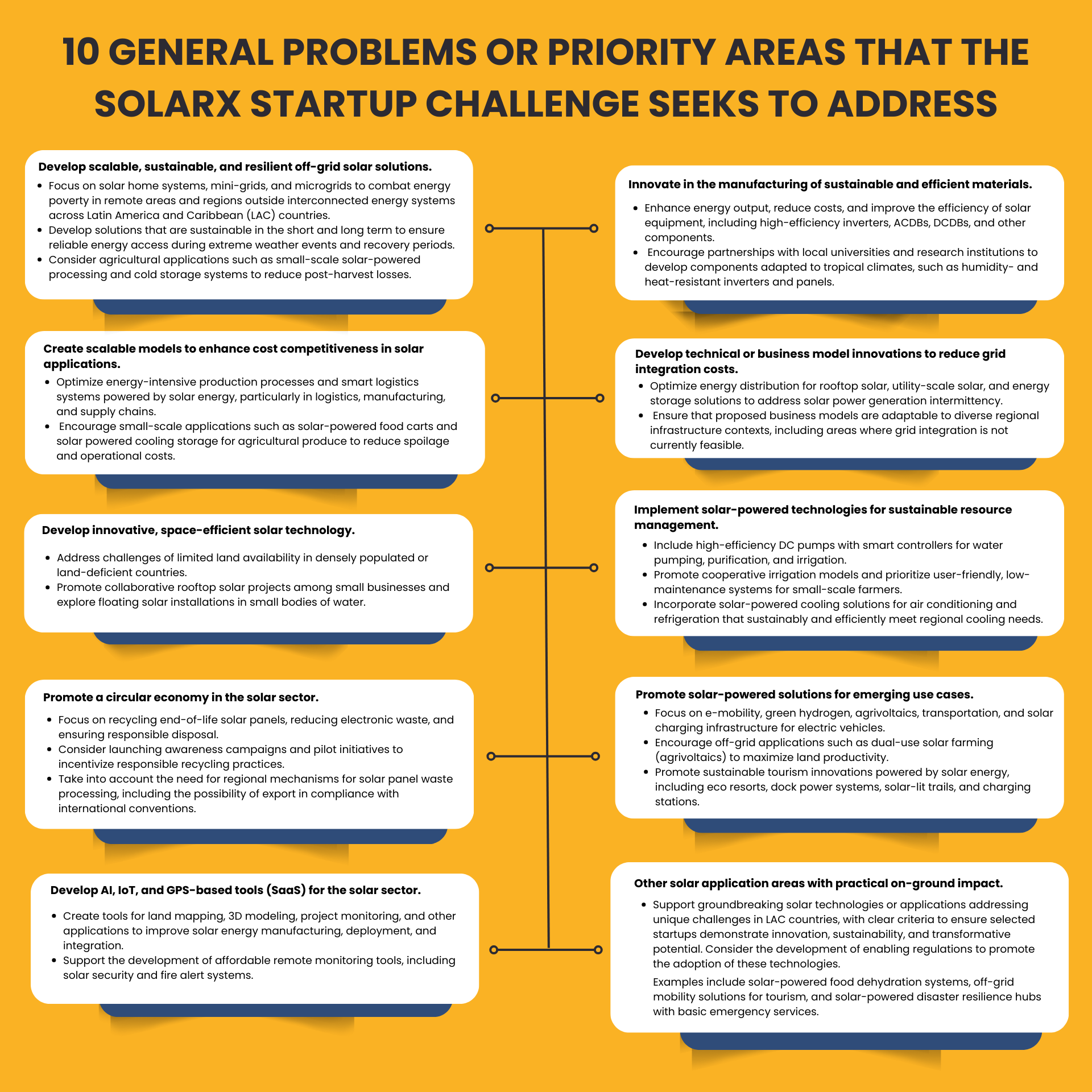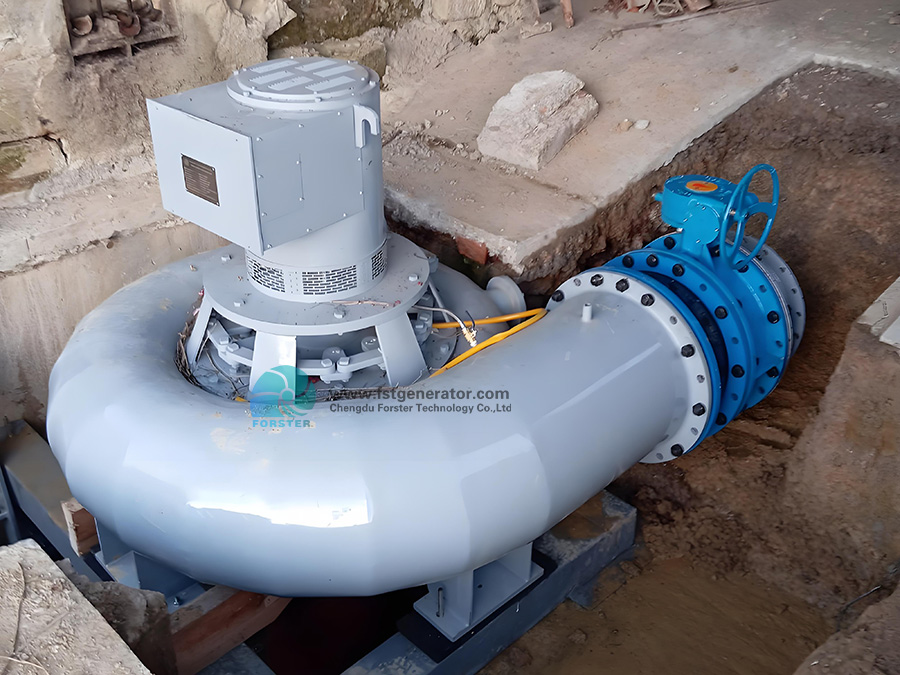Imagine having the power to transform a dry, remote village into a flourishing oasis. This isn’t just a dream—it’s possible with low-energy irrigation systems.
If you’re passionate about sustainable living and improving lives in underdeveloped regions, you’re in the right place. These systems are revolutionizing how remote communities access water, ensuring that every drop counts. They offer hope and resilience, even in the harshest conditions.
By reading on, you’ll discover how these innovative solutions can change lives and empower communities. Are you ready to explore how you can be part of this change? Dive into the world of low-energy irrigation systems and uncover their incredible potential.

Solar-powered Irrigation
Solar-powered irrigation offers a sustainable solution for remote villages. It uses the sun’s energy to operate irrigation systems. This reduces reliance on fossil fuels. The technology is eco-friendly and cost-effective. Villages with limited resources benefit greatly. Solar panels convert sunlight into electricity. This powers water pumps for irrigation. It’s ideal for areas with abundant sunlight.
Understanding Solar Irrigation Systems
Solar irrigation systems consist of solar panels and pumps. Solar panels collect sunlight during the day. They convert it into electrical energy. This energy powers the water pumps. These pumps draw water from sources like wells or rivers. Farmers use this water to irrigate crops. This method is clean and efficient.
Benefits Of Solar-powered Irrigation
Solar irrigation reduces energy costs. Villages save money on electricity bills. It also lowers carbon emissions. Using solar energy helps the environment. Reliability is another benefit. Solar systems work without interruptions. They provide consistent water supply for crops.
Challenges In Implementing Solar Irrigation
Initial costs can be high. Solar panels and pumps require investment. Maintenance is necessary to ensure efficiency. Technical support may be needed in remote areas. Training farmers on system use is essential. Weather conditions affect performance. Lack of sunlight reduces energy generation.
Innovative Solutions For Solar Irrigation
Government subsidies can help with costs. Financial aid supports solar irrigation projects. Community involvement enhances system maintenance. Local technicians offer valuable support. Educating farmers improves usage and care. Research on solar technology is ongoing. Innovations aim to reduce costs and improve efficiency.

Gravity-fed Systems
Gravity-fed systems are an ancient yet effective irrigation method. They use gravity to transport water from a high point to fields below. This method is ideal for remote villages with limited resources. It requires no electricity, making it cost-effective and sustainable. By using natural slopes, these systems conserve energy and reduce costs.
How Gravity-fed Systems Work
Gravity-fed systems rely on elevation. Water flows from a higher source to lower fields. The natural slope allows water to move without pumps. Pipes or channels guide the water to crops. This simple design minimizes maintenance needs.
Benefits Of Gravity-fed Irrigation
These systems save energy by eliminating pump use. They are environmentally friendly and reduce carbon footprints. Villages benefit from lower operational costs. Gravity-fed systems are easy to install and maintain. They enhance water distribution efficiency, ensuring crops receive adequate water.
Implementing Gravity-fed Systems In Remote Villages
Identify a water source located at a higher altitude. Use local materials to build channels or pipes. Ensure the system suits the terrain for efficient water flow. Train community members in maintenance and operation. Encourage sustainable practices to maintain system longevity.
Challenges And Solutions
Some terrains may lack sufficient slope for gravity flow. In such cases, create terraces to enhance elevation differences. Monitor for blockages in pipes or channels. Regular maintenance prevents clogs and ensures smooth operation. Educate communities on managing water resources effectively.
Drip Irrigation Techniques
Drip irrigation techniques have gained immense popularity in remote villages. This method conserves water and ensures plants receive nutrients directly. It is an efficient way to support agriculture in areas with limited resources. Villages benefit from increased crop yield and reduced water wastage.
How Drip Irrigation Works
Drip irrigation uses a network of pipes and emitters. Water drips slowly to the plant roots. This direct approach minimizes evaporation. Plants get the exact amount of water needed. It reduces water logging and soil erosion.
Benefits Of Drip Irrigation
Drip irrigation saves water and reduces labor. Farmers can manage large fields with less effort. It also enhances plant growth by providing consistent moisture. This system is ideal for arid regions with scarce water supplies.
Cost-effectiveness
Setting up a drip system is affordable. Maintenance costs are low compared to traditional methods. It requires minimal infrastructure. This makes it suitable for villages with limited budgets.
Environmental Impact
Drip irrigation conserves water and protects the environment. It reduces the need for chemical fertilizers. This leads to healthier soil and ecosystems. Villages can maintain sustainable farming practices.
Installation And Maintenance
Setting up a drip irrigation system is simple. Villagers can learn to install and maintain it easily. Regular checks ensure the system works efficiently. This empowers local farmers with essential skills.
Community Engagement And Training
Empowering remote villages with low-energy irrigation systems boosts agricultural productivity. Training sessions engage communities, promoting sustainable practices. Villagers learn efficient water management, ensuring crop growth and conservation.
Community engagement and training are vital in implementing low-energy irrigation systems in remote villages. It’s not just about setting up technology; it’s about empowering the community to take charge. When villagers understand and participate in the process, they become invested in the success of the project.Understanding Local Needs
Every village has unique needs and challenges. Before introducing any system, it’s crucial to understand what the community truly requires. Engage with local leaders and families to learn how irrigation can best support their agriculture and lifestyle.Building Trust And Relationships
Trust is the foundation of successful community projects. Spend time with the villagers and build genuine relationships. Share meals, listen to their stories, and show genuine interest in their lives.Hands-on Training Sessions
Practical training is more effective than theoretical lessons. Organize hands-on sessions where villagers can interact with the irrigation technology. Encourage them to ask questions and troubleshoot common issues.Empowering Local Champions
Identify individuals in the village who show interest and aptitude. Train them to become local champions who can lead others. These champions can ensure the sustainability of the project by providing support and guidance.Creating Feedback Loops
Continuous improvement depends on feedback. Set up regular meetings where villagers can share their experiences and challenges. Use their insights to refine and adapt the systems to better fit their needs.Celebrating Success
Celebrate milestones and successes with the community. Acknowledge the hard work and dedication of everyone involved. This not only boosts morale but also encourages continued participation and enthusiasm.Engaging the community isn’t just a step in the process; it’s an ongoing commitment. How can you ensure that the villagers feel ownership of the irrigation system? Your approach can make all the difference in its long-term success.

Conclusion
Low-energy irrigation systems offer hope for remote villages. They save water and cut costs. Farmers can grow more food efficiently. These systems are easy to set up and maintain. This makes them ideal for areas with limited resources. Communities benefit from increased food security.
Health improves as nutrition increases. These systems also support sustainable farming. Villages can thrive with better agricultural practices. It’s a step towards a brighter future for rural areas. Investing in these technologies brings long-term benefits. A sustainable choice for a better tomorrow.



